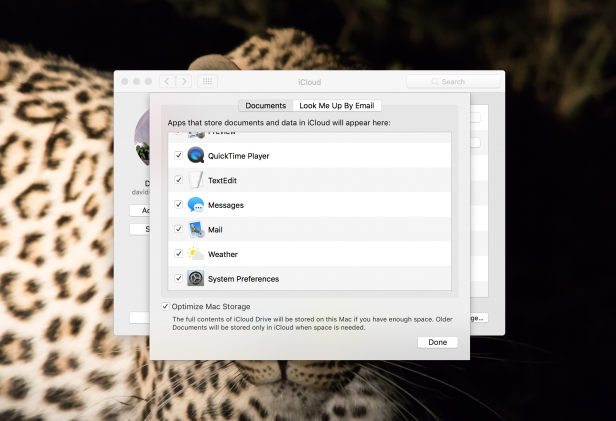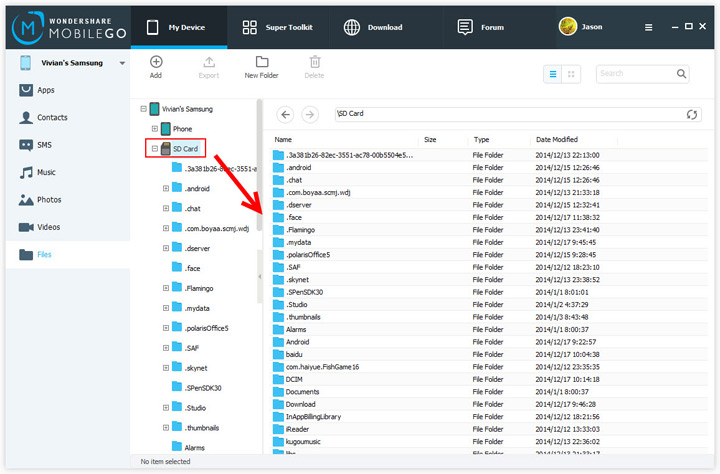

- #MAC MOVE FILES OSSIERRA HOW TO#
- #MAC MOVE FILES OSSIERRA FOR MAC#
- #MAC MOVE FILES OSSIERRA MAC OS X#
- #MAC MOVE FILES OSSIERRA MAC OS#
#MAC MOVE FILES OSSIERRA HOW TO#
Note: There is a GUI tool for configuring Samba but I can't remember how to access it off the top of my head. Samba is basically Windows NFS (Network File System) that is completely cross platform and easier to setup/use. Here's a really long drawn-out explanation for windows including how to setup the server in *nix.

If possible, uninstall the plug-in by moving related files to the trash.

Check the plug-in manufacturer's website for an update.

The plug-in installation might be corrupted (plug-in cannot be found in the expected folder or is incomplete).Remember that 32-bit hosts cannot load 64-bit plug-ins while using 32-bit plug-ins in 64-bit hosts require a bridging solution.Check if the installation path is actually monitored by your VST host application.If an installed plug-in is not available in your host application or missing components: Please refer to the plug-in's documentation for more details. The content management (adding, moving or deleting content) is plug-in specific. In this case, plug-in and related content is being installed separately. Many plug-in installers offer to choose a custom installation path for sample content and other libraries. Studio ▸ VST Plug-in Manager ▸ VST 2 Plug-in Paths Settings (click on gear symbol)ĭevices ▸ Plug-in Manager ▸ Plug-in Manager Settings (click on gear symbol)ĭevices ▸ Plug-in Information ▸ VST Plug-ins ▸ VST 2.x Plug-in Paths In Cubase and Nuendo, the list of monitored VST2 folders can be managed here: Cubase 9.5/Nuendo 10 If a plug-in, for whatever reason, has been installed to a different folder, the VST host application needs to be told where to look for it. However, in some VST hosts, scanning of VST and VST3 folders must be enabled in the VST host's settings. In most cases, plug-ins installed correctly into these folders should be available in compatible host applications. The 'Plug-ins' directories contain both a VST and a VST3 folder as well as folders for other plug-in formats. Rarely used: Users/your username/Library/Audio/Plug-ins/VST3 Rarely used: Users/your username/Library/Audio/Plug-ins/VST
#MAC MOVE FILES OSSIERRA FOR MAC#
All VST plug-in installers for Mac are using these folders: Format
#MAC MOVE FILES OSSIERRA MAC OS#
However, on Apple systems there is a defined plug-in folder within the system's folder structure since the first version of Mac OS X. While the newer VST3 format has a dedicated installation path all VST3 plug-ins must comply with, the VST2 standard does not know an obligatory folder. 32-bit and 64-bit plug-ins share the same location and manufacturers usually stick with the default paths defined by Apple and the VST3 standard. The installation path of a plug-in depends on several factors:įortunately, on Mac OS X/macOS many of these possibilities do not apply.
#MAC MOVE FILES OSSIERRA MAC OS X#
An installed plug-in is missing in your VST host application or you just wonder where your VST plug-ins (virtual instruments and effects) are located? This article provides detailed information on VST plug-in installation paths on Mac OS X and macOS.Ĭlick here to switch to VST plug-in locations on Windows.Ĭlick here to switch to Locations of internal Cubase and Nuendo plug-ins.įirst of all, it is important to understand that not all VST plug-ins are being installed into the same folder.


 0 kommentar(er)
0 kommentar(er)
